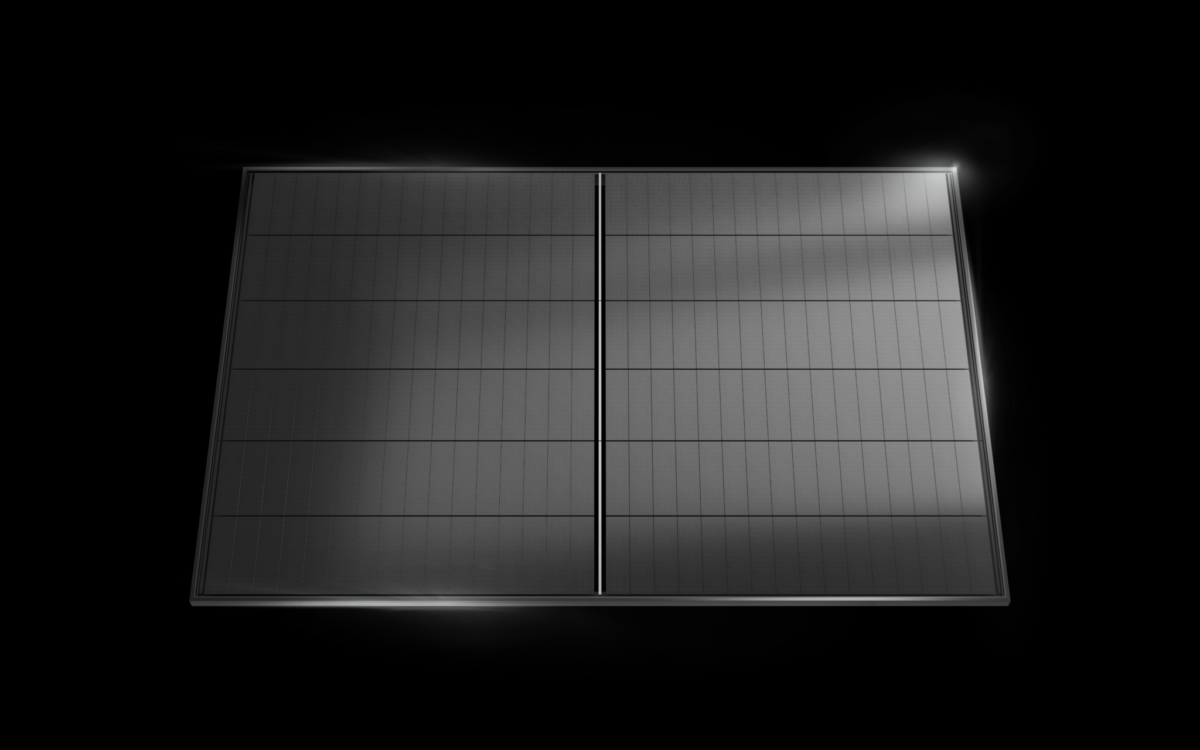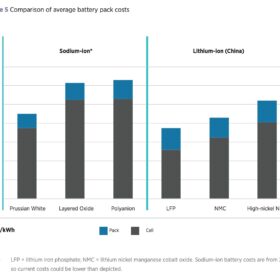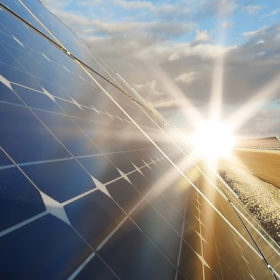Chinese solar module maker JinkoSolar has launched a new dual-glass rooftop solar module based on tunnel oxide passivated contact (TOPCon) design.
“Engineered with advanced TOPCon 3.0 cell technology and dual-glass construction, this 475 W high-power solution redefines distributed energy systems through superior performance, reliability, and aesthetics – maximizing returns for residential and commercial users,” the manufacturer said, noting that the new product is based on a 48-cell architecture and is part of its Tiger Neo series.
The new product features a 20-busbar design, which JinkoSolar said minimizes resistive losses through optimized current pathways while ensuring uniform stress distribution, with micro-crack risk being reduced by 30%.
The Tiger Neo 48HL4M-DV panel has a power output ranging from 450 to 475 W. It measures 1,762 mm × 1,134 mm × 30 mm and has a weight of 21.5 kg. Its power conversion efficiency ranges from 22.52% and 23.77% and its temperature coefficient is -0.29%/C.
The open-circuit voltage spans from 35.91 V to 36.76 V, while the short-circuit current is between 15.73 A and 15.98 A.
The operating ambient temperature ranges from -40 C to 70 C, said the manufacturer, and maximum system voltage is 1,500 V. The panel has an anodized aluminum frame and 1.6 mm of tempered glass with an anti-reflection coating. Its junction box has an IP 68 rating.
JinkoSolar offers a 25-year product warranty and a 30-year power output guarantee. Annual linear degradation over 30 years is indicated at 0.40%. The degradation in the first year is purportedly 1% and 30-year end power output is guaranteed to be no less than 87.4% of the nominal output power.
“The robust 30 mm aluminum frame and dual-glass construction withstand extreme snow loads (5,400 Pa) and wind pressure (2,400 Pa), certified to IEC 61215 standards, making it ideal for harsh environments including coastal and high-humidity regions,” the manufacturer added. “With just 14 modules forming a 6.6 kW system, this 48-cell solution perfectly matches medium-to-large household energy demands. Compared to conventional 440W panels, the 475W high-power output reduces balance-of-system costs by 15% through savings on racks, clamps, and installation labor.”
This content is protected by copyright and may not be reused. If you want to cooperate with us and would like to reuse some of our content, please contact: editors@pv-magazine.com.









By submitting this form you agree to pv magazine using your data for the purposes of publishing your comment.
Your personal data will only be disclosed or otherwise transmitted to third parties for the purposes of spam filtering or if this is necessary for technical maintenance of the website. Any other transfer to third parties will not take place unless this is justified on the basis of applicable data protection regulations or if pv magazine is legally obliged to do so.
You may revoke this consent at any time with effect for the future, in which case your personal data will be deleted immediately. Otherwise, your data will be deleted if pv magazine has processed your request or the purpose of data storage is fulfilled.
Further information on data privacy can be found in our Data Protection Policy.